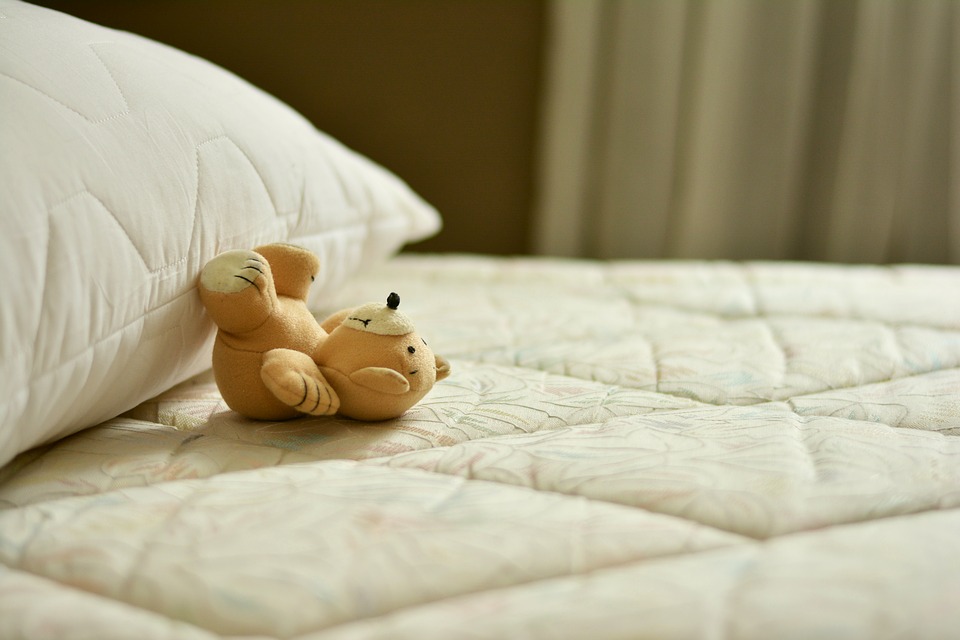Oil paintings are highly sensitive objects, mainly because of the materials from which they are made out of. According to experts, these things can only be cleaned if painted after the 1940s. Antique paintings are more difficult to clean and usually require expensive technologies as well as help from professional conservator to accomplish. When not dealing with antiques, the following steps of learning how to clean oil paintings are guaranteed to bring out the real beauty of these wonderful artworks in no time.
Materials Needed
This moderately challenging task requires only a few materials before you can start cleaning all those beautiful artworks. These include a vacuum with a micro-attachment kit, bristle brush and soft cloth. After gathering these simple materials, you can now start with the actual cleaning process.
Steps
The age of oil paintings is always an important factor to consider. Antiques and older paintings are more sensitive, which makes them harder to clean and maintain. If the paint is still in good condition, you can use solvent (emulsion) to clean these important works of art. Available in art supply stores, this kind of material is especially designed to remove the varnish and clean oil paintings. However, stronger solvents tend to remove or damage oil paint, which is of course not a very good thing. For this reason, it is highly advisable to do a spot test first before using these solvents.
It is good to remove dander, pet hair and dust residues from the painting. In order to do this, get a nice, soft and dry bristle brush. In none is available, you can use a shaving brush or a baby toothbrush instead. This method is effective in removing soot particles and dust. For faster alternative, you can also use a vacuum cleaner. Prepare a micro attachment kit, which works best for paintings. Do not scrub the surface as it could damage the painting.
For surfaces that are described as oily, grimy and sticky, a mild detergent solution can actually help. Get a soft cloth and then dip it in the special soap mixture. Do this step gently by blotting the surface with the cloth without rubbing, wiping or scrubbing. Do not submerge any part of the painting. In case the colors are coming off, stop cleaning to prevent further damage.
Additional Tips and Other Helpful Information
If unsure, it is good to seek the help of professional conservators. Likewise, there are some framing and antique shops offering special cleaning services for various kinds of paintings. When doing the different steps mentioned above, it is best to do them gently. Never compromise the quality of the paintings as it can significantly affect their value.



